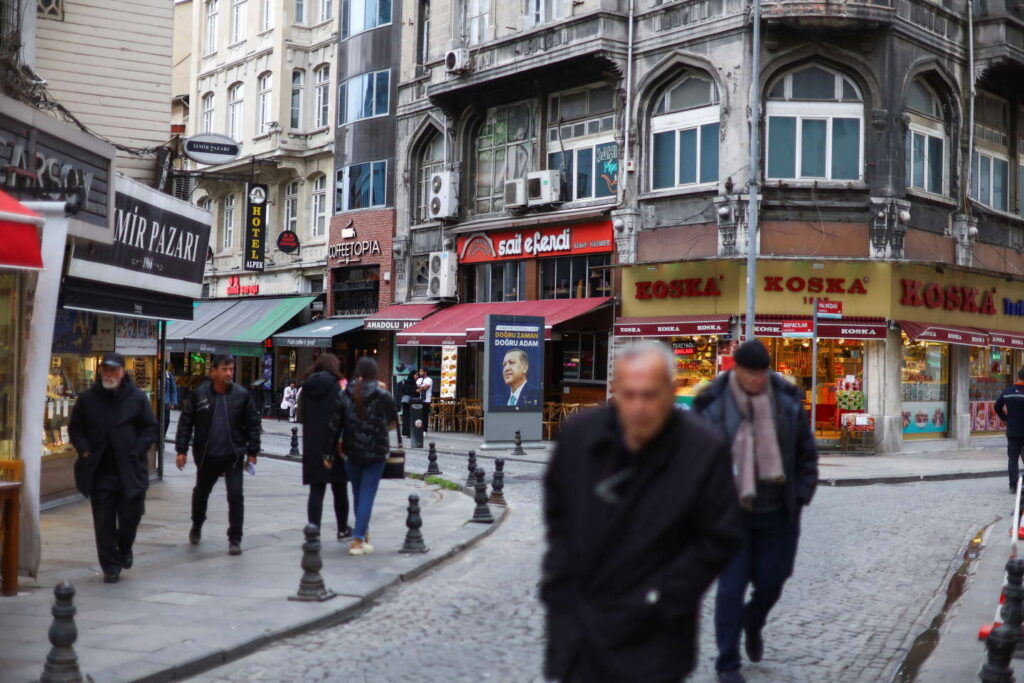Qhen the wine is drawn, it must sometimes be distilled. If not drinking it. A heartbreaker for winegrowers. Pruning, tying, harvesting, vinifying, all this slow and patient work of the vines, declined over the year, then goes up in smoke. Or rather in white alcohol sold in pharmaceutical or perfume industries. The wine runs on ethanol.
The kick-off of a new crisis distillation was given on Thursday June 22 in order to eliminate the surplus of wine from the market. Applications will be registered until July 5, and two days later, the stills will come into action. Time is running out when new grapes begin to form in the vines. Stocks have to be sold off. “We estimate the volumes to be distilled at 3 million hectoliters, with Gironde and Languedoc as the main sources”, says Jérôme Despey, winemaker in Hérault and first vice-president of the FNSEA union. Knowing that after a historically low 2021 harvest, the 2022 vintage has returned to a good low water level at 45.8 million hectolitres. Even as consumption ebbed.
New lifeline
Overflowing wine is no longer worth anything. A saying without a controlled designation to translate the sad reality. The flow drives prices down. In Bordeaux, where trade has seized up, the bulk price is no longer even displayed. It would be between 650 and 700 euros per barrel, when the production cost fluctuates between 1,200 and 1,400 euros. Full barrels but empty pockets. Faced with this cruel dilemma, some will be forced to distill to bail out the treasuries.
Once again, the State opened its check book and co-financed aid of 160 million euros with Europe. An additional 40 million euros is under discussion. And the sale prices are displayed: 75 euros per hectolitre for a wine with a controlled designation of origin (AOC), 65 euros for a wine with a protected geographical indication (IGP) and 55 euros for a wine without a geographical indication.
But this new lifeline, launched in production, made traders wince. They were worried about the lack of transparency of the operation, citing the previous distillation. Indeed, in 2020, in the midst of the crisis due to Covid-19, with the closure of bars and restaurants, the State had released 210 million euros to spend 2.6 million hectoliters of red and rosé in the still. Traders believed that the streams had not been identified and called the process blind distillation. Others wondered about the permitted degree of alcohol. Any vinified beverage containing more than 10° was accepted. A twisted mind might imagine that he had been lying down with water. The administration has watered down its wine and set the bar at 11° this year.
You have 8.82% of this article left to read. The following is for subscribers only.



